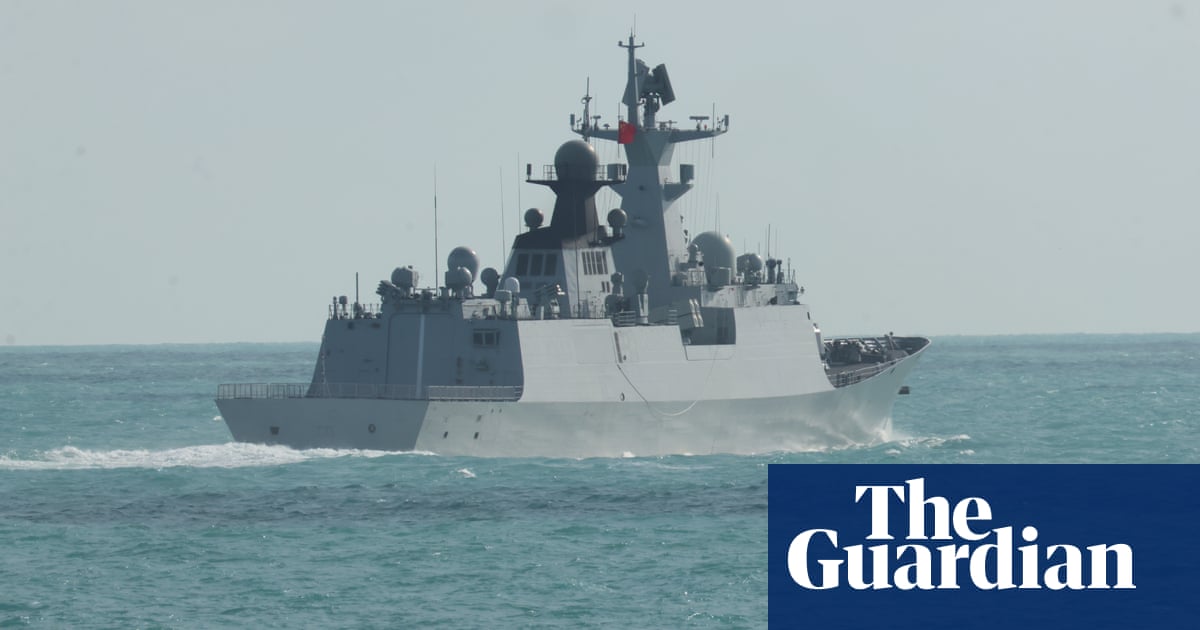It is a week since Israel began its largest attack ever on Iran, and in conventional military terms it is clear that Tehran is under extreme pressure. Israel has been able to achieve superiority over Iran’s skies at extraordinary speed, within hours of launching its surprise assault. Its military claimed on Monday to have knocked out 120 Iranian air defence systems through a mixture of air and drone strikes, about a third of Tehran’s pre-war total.
In response, Iran’s most effective weapon has been its stock of high-speed ballistic missiles, estimated at about 2,000 by Israel’s Defence Force (IDF) at the outset of hostilities last week. But the heavy targeting by Israel of launch sites in western Iran, in underground bases such as at Kermanshah – coupled with Israel’s grimly effective targeted killing of Iran’s top military commanders – have left Iran struggling to respond militarily and presenting a significant threat.
Iran has so far launched more than 400 missiles at Israel, but half, about 200, were launched in the initial retaliatory barrages last Friday. Since Monday the size of its missile barrages has reduced to a maximum of 15 to 20 (including 15 on Thursday afternoon), compared with up to 40 during the weekend, according to a count compiled by a US thinktank, the Institute for the Study of War. Iran’s ability to manufacture new weapons is also likely to be limited, estimated by the US to be 50 a month before the hostilities broke out.
The sheer speed of ballistic missiles makes them dangerous weapons and a number – about 10% – continue to evade Israel’s sophisticated air defences, including a strike on the Soroka Medical Center in the southern city of Beersheba on Thursday that wounded 76. But the munitions mostly do not appear to be effectively targeted at Israel’s military-industrial complex, aside from an attack on the refinery at Haifa in northern Israel on Sunday that led to the shutting down of the facilities there.
Intercepting ballistic missiles is primarily the task of Israel’s newest air defence system, Arrow 3, which have a 1,500-mile range and can knock out incoming missiles beyond the Earth’s atmosphere, and its predecessor Arrow 2, though the US has been providing help with a Thaad system and destroyers based in the eastern Mediterranean. Neither Arrow system is cheap – the cost of an Arrow 3 interceptor has been put at $3.5m each, though other estimates suggest a figure of $2m and $1.5m for Arrow 2. The Israeli business magazine Globes has suggested that the total cost to Israel of Arrow interceptors has been $1bn to $1.5bn since October 2023.
A key question, however, is how many interceptors does Israel’s military have available, worries compounded by a report in the Wall Street Journal, which cited an anonymous US official as saying that Israel was running low. Stock levels are kept secret and that Israel, well aware of the Iranian ballistic missile threat, is considered unlikely to have chosen to attack Iran without at least enough interceptors to match its assessment of the likely threat. Nevertheless, sophisticated defensive missiles take time to manufacture, a problem long revealed in Ukraine, where Russia continues to fire more missiles than Kyiv has available air defences.
In less than a week, Israel has told allies that it is further ahead in its attack than it expected to be, having killed 21 out of 22 senior military figures in the first 24 hours and 10 out of 12 nuclear scientists. The country’s jets face almost no air defence threat as they fly over western and central Iran – Israel has so far acknowledged the loss of one drone – meaning they are able to target sites in the country with apparent impunity. Even if Israeli stockpiles of attack missiles run down in the next week or two, and there is no US intervention, its air dominance means it can continue to attack at a slower rate.
Iran’s capabilities have been “exposed as inefficient”, concluded the missile analyst Fabian Hinz in a paper for the International Institute of Strategic Studies, while the “Israeli leadership, at least for the time being, [is] accepting the risks of ballistic missile strikes on its population centres”. As Hinz puts it, the “deterrence balance” between the two countries is unravelling – and it may only change back in Tehran’s favour if a suddenly a greater number or higher proportion of its remaining ballistic missiles strike population centres or key sites in Israel. There is no sign of that yet.

 8 hours ago
5
8 hours ago
5

















































